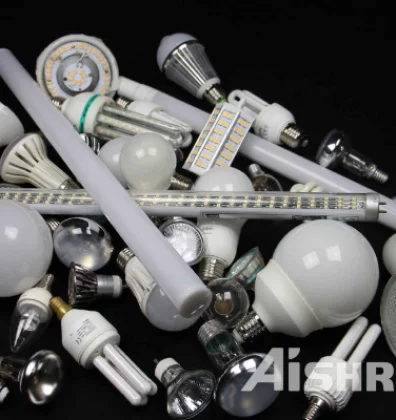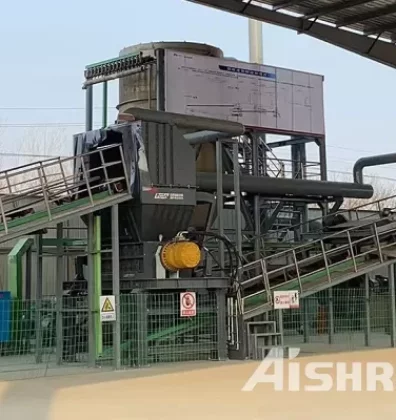A single shaft shredder is capable of shredding a variety of materials, including solid blocks, but its effectiveness in shredding solid blocks depends on several factors, including the size, density, and composition of the blocks, as well as the specific design and capabilities of the shredder itself.

Single shaft shredders work by using a single rotating shaft with cutting blades or hammers attached to it. The material is fed into the shredder, and the rotating blades or hammers cut, tear, and crush the material into smaller pieces. While single shaft shredders are commonly used for processing materials like plastics, papers, and metals, they can also handle solid blocks to some extent.

However, there are challenges when it comes to shredding solid blocks using a single shaft shredder:
- Density and Hardness: Solid blocks, especially those made from dense and hard materials like metals or heavy plastics, can pose challenges for the shredder's blades or hammers. The resistance offered by the dense and hard material might require more power and sturdier cutting tools.
- Size: The size of the solid blocks is crucial. If the blocks are too large and exceed the shredder's throat size or the distance between the blades, the shredder might not be able to effectively process them.
- Jamming and Blockages: Solid blocks can potentially jam the shredder's blades or get stuck in the cutting chamber, leading to operational issues or damage to the machine.
- Wear and Tear: Shredding solid blocks might lead to increased wear and tear on the cutting blades or hammers, reducing their lifespan and potentially requiring more frequent maintenance.
To improve the ability of a single shaft shredder to handle solid blocks, manufacturers may consider:
- Optimized Blade Design: Designing stronger and more robust blades or hammers that can better withstand the challenges posed by solid blocks.
- Increased Power: Increasing the motor power of the shredder can enhance its ability to process tougher materials.
- Pre-processing: If the solid blocks are too large, a pre-processing step like cutting or breaking them down into smaller pieces could make shredding more efficient.
It's worth noting that for industrial applications where solid blocks are a significant part of the waste stream, specialized shredders like dual shaft or quad shaft shredders might be more suitable due to their higher power and more robust design.
In conclusion, a single shaft shredder can shred solid blocks to some extent, but the effectiveness depends on various factors. It's essential to consider the specific requirements of the materials you're dealing with and the capabilities of the shredder when determining whether a single shaft shredder is the right choice for your application. If you are still unsure whether your material single axis shredder is capable, please contact us and we will provide you with professional reference opinions.




